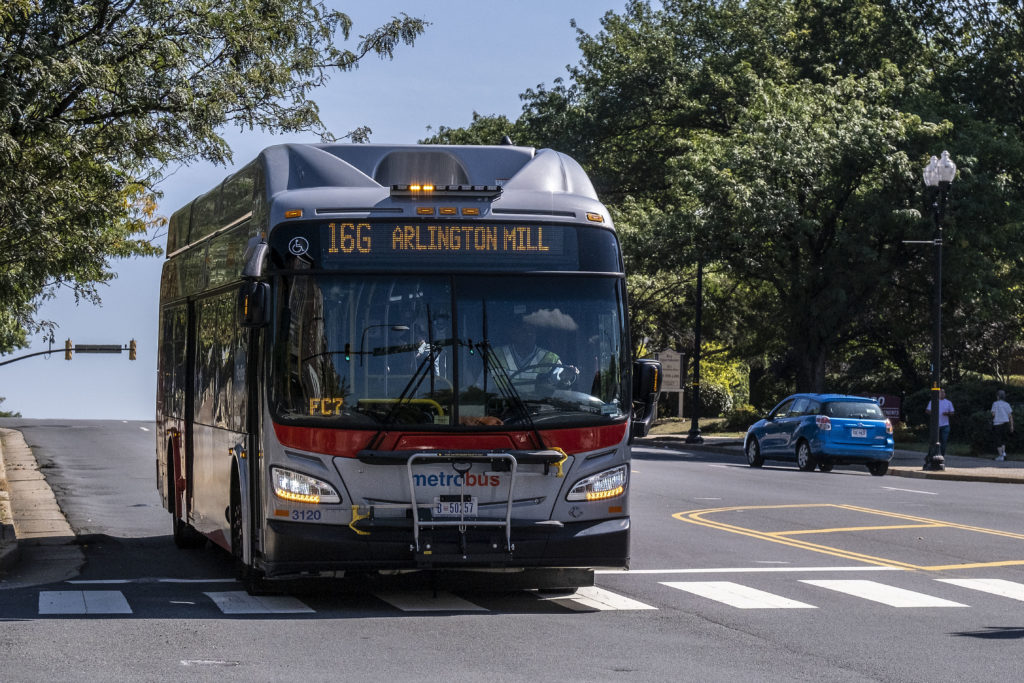WMATA: Updates, Changes, and the Future of Public Transit in the DC Area
Washington Metropolitan Area Transit Authority (WMATA) continues to play a pivotal role in the daily lives of commuters across the Washington, DC area. As ridership rebounds and neighborhoods evolve, new developments and policy shifts are shaping the future of public transportation. This article explores key WMATA updates, service changes, and what riders can expect next.

WMATA’s Metro Station Improvements
In response to growing ridership, WMATA is planning several important upgrades to its Metro stations. One of the most significant proposals involves the Foggy Bottom-GWU Metro station. Officials are reevaluating long-standing plans to build a second entrance to provide comfort, boost capacity, and ease crowding on busy days. The proposed addition would likely be located at 22nd and I streets, enhancing access for students, federal employees, and DC residents alike. For a detailed look at these developments, visit WMATA officials reconsider second entrance for Foggy Bottom station – The GW Hatchet.
WMATA’s 2026 budget includes additional improvements. Riders can expect increased train frequencies, earlier weekend openings, and later closings. All these changes aim to meet the city’s growing transit needs while maintaining safe and efficient service.
Metrobus Network Redesign: Streamlining Service
Beyond rail upgrades, WMATA is transforming the Metrobus network through the 2025 Better Bus Network Redesign. This major update, set to go into effect on June 29, 2025, will eliminate 57 bus stops throughout Northern Virginia. The changes affect nineteen Arlington routes and three in Falls Church, making bus service quicker, more direct, and easier to navigate. New routes, such as the A71 from Ballston to King Street, will help cover high-demand areas. For further insights on how these adjustments will impact local communities, read Metro to remove 57 stops from Northern Virginia | wusa9.com and At least 19 Arlington bus stops are getting the ax this summer | ARLnow.com.
The redesign also involves renaming routes for clarity. Starting in June, bus stops will feature letter codes matching their service areas, such as “A” for Arlington/Alexandria and “F” for Fairfax City and Falls Church. Express routes get an “X” suffix, making the system easier to understand for both new and regular riders.
Community Partnerships and Economic Impact
WMATA’s efforts to upgrade transit infrastructure are not just about convenience. Improved access to stations, like Foggy Bottom, supports local businesses by increasing customer traffic. Grant programs, such as the Foggy Bottom and West End Main Streets initiative, are helping distribute funds for community improvements in tandem with Metro's plans. These partnerships align the needs of transit, business, and the broader community, ensuring that public investments benefit everyone.
Looking Ahead: What WMATA Riders Should Know
From station expansions to route redesigns, WMATA is adapting to meet the post-pandemic surge in ridership and changing community needs. Riders should stay updated on planned service changes, especially during the roll-out of the new Metrobus network later this year. To learn more about specific stop changes and how they may affect your daily commute, be sure to check official WMATA resources and local news coverage.
WMATA’s investments signal a strong commitment to a sustainable and efficient public transit system. Whether you are a student, worker, or visitor, understanding these changes will help you navigate the DC area with ease.